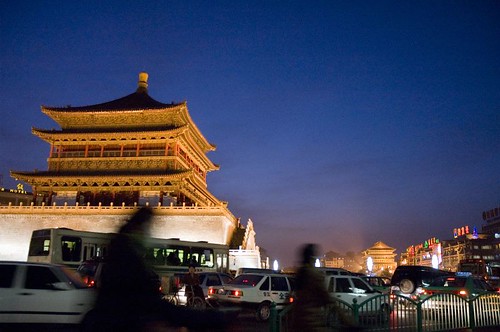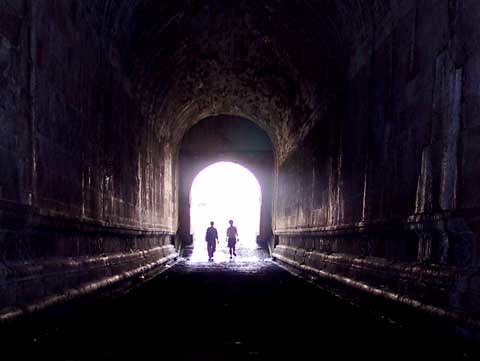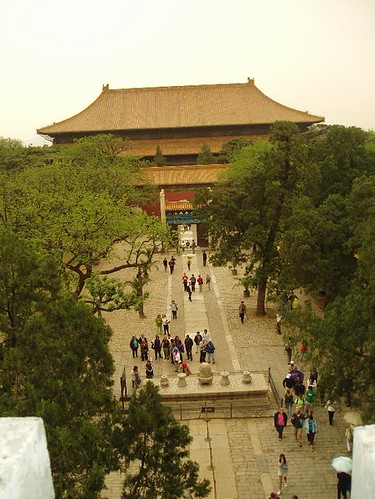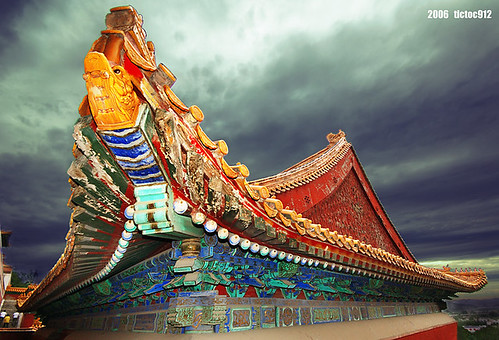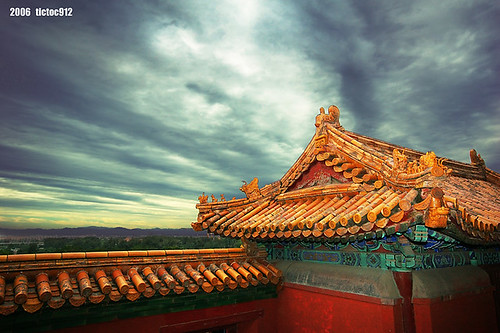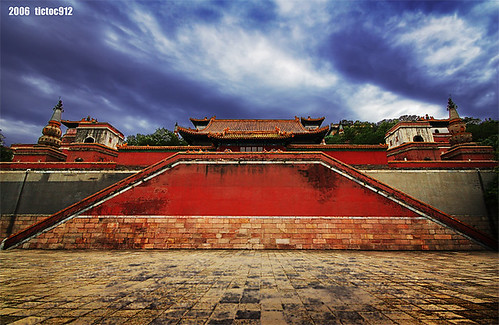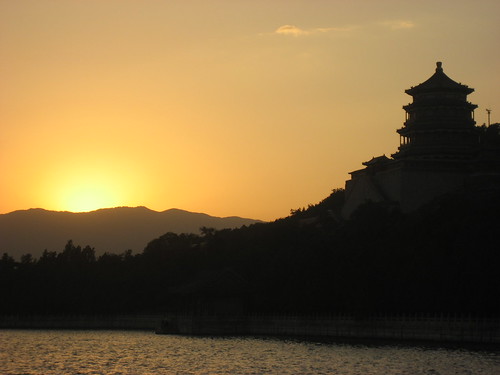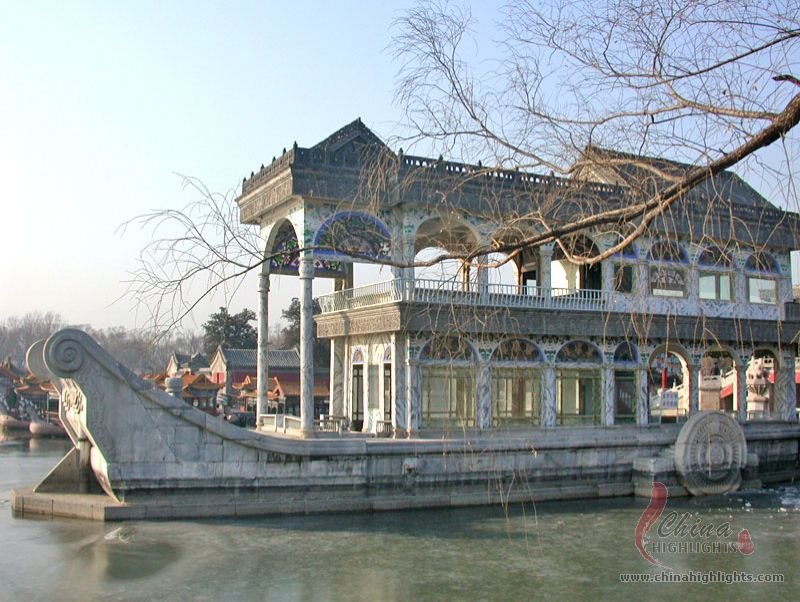The Grand View Garden
Helpful info:
Admission fee: CNY 40
Bus route: 59, 122, 717, 721, 806, 816, 819, 939
The Grand View Garden was created using the description from the story ‘Dream of the Red Chamber’ an ancient Chinese masterpiece. Started in 1984 and finished in 1989 it was first used as a TV series location for ‘Dream of Red Mansion’.
There are more than 40 scenic areas within the 32 acre garden combining artificial features beautifully with nature. The essential ingredients of a classical Chinese garden are all there – palaces, pavilions, water features and rockeries to name but a few. If you should feel in need of refreshment after visiting the gardens the Grand View Garden Restaurant is the perfect setting to enjoy dinner in this glorious setting.



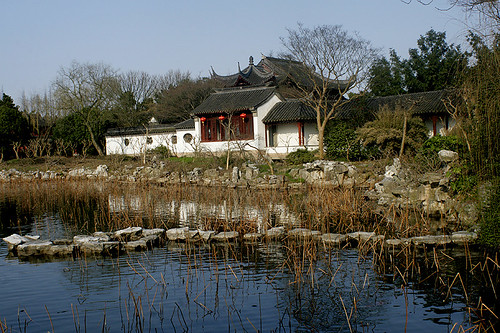

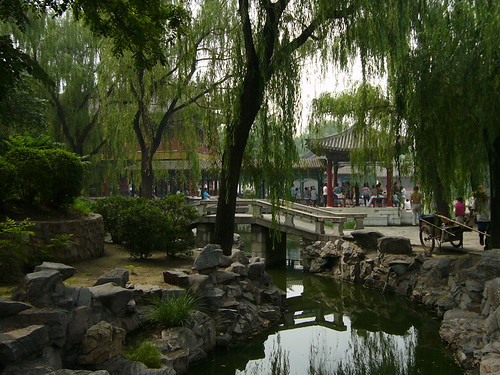
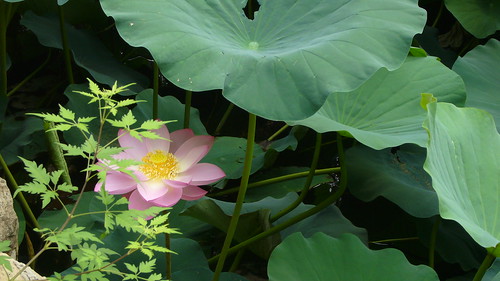
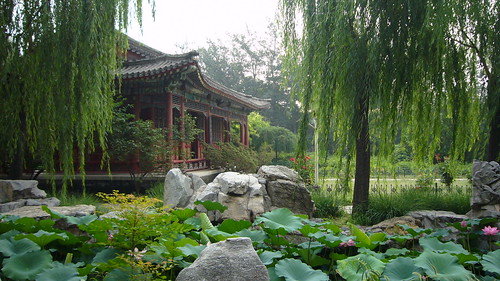
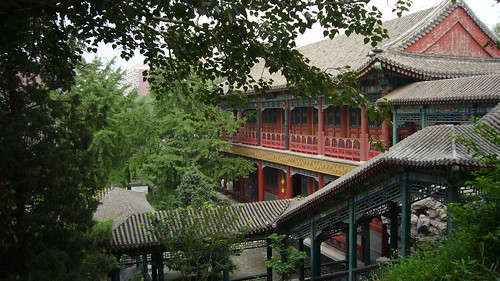




Beihai Park
Helpful info:
Admission fee: CNY 5 (Nov - Mar), CNY 10 (Apr - Oct)
Opening hours: 06:00 - 20:00 (Nov - Mar), 06:00 - 22:00 (Apr - Oct)
Bus route: From South Gate: 101, 103, 109, 812, 814, 846
From North Gate: 107, 111, 118, 701, 823
From East Gate: 5



Beihai Park which was opened to an enthusiastic public in 1925 has the honour of being one of the largest and oldest Imperial gardens. Well preserved after its 1,000 year long history, this ancient garden combines the characteristics of the Northern and Southern gardens along with magnificence of imperial palaces and formal religious constructions.
The park is built according to ancient Chinese tradition using the legend of the 3 magic mountains located to the East of China where man could gain immortality. In Beihai Park the water-mountain combination is represented by the pool and the 3 islets, Jade Flowery Islet, the Island of the Circular City and Xishantai Island. More than half of the park’s 0.71 square kilometres is taken up by the lake.
On top of the Jade Flowery Islet stands the White Dagoba, built in 1651 and twice rebuilt after being destroyed. It was built by the 1st Emperor of the Qing dynasty to show his belief in Buddhism. Standing at 35.9 metres high it is topped with two bronze canopies around which hang 14 bells. Inside the dagoba holds the monk’s mantle and alms bowl along with the Bhuddist Scriptures and two pieces of Sarira.
When you have finished your tour of the islet the Eastern Shore Scenic Area can be reached by crossing the Zhishan Bridge. Here are to be found many ‘gardens’ within the garden, the Hao Pu Creek Garden being of special note. Then by moving Westward you will arrive at the Northern Shore area.
Here is to be found the Quiet Heart Studio being the most prominent independent garden in the park. Initially built in the Ming Dynasty it contains palaces and pavilions, towers, halls and corridors.
Dragons play a major role in Chinese history and they are to be found here at the park. The famous nine-dragon screen which has 9 dragons on each side was built in 1756 and is about 27 metres long. The screen is embossed with coloured glazed tiles and along with the nine dragons on each side. Hundreds of large and small dragons in various postures decorate the two eave ends totalling 635 dragons! Southwest of this magnificent screen lies the Five Dragon Pavilions.
This structure is made from 5 connected pavilions with spires and was built in 1602 and repaired several times since. They are on the North bank of the lake and protrude out over the water making a peaceful and tranquil place to rest.
To complete your tour of the gardens visit the Circular City on the South-western corner of the park. Standing at 4.6 metres high, the encircling wall is 276 metres in circumference. The city includes many halls, pavilions and towers. The most important of these is Chengguang Hall where a priceless statue of Buddha made from White Jade is to be found. Again if you are feeling hungry you could have a meal in Fangshan Restaurant to be found at the Northern shore of the lake.
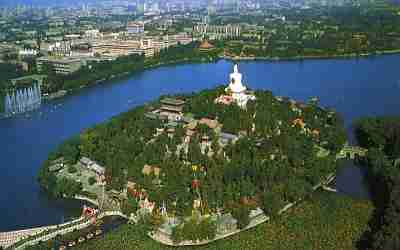



Helpful info:
Admission fee: CNY 40
Bus route: 59, 122, 717, 721, 806, 816, 819, 939
The Grand View Garden was created using the description from the story ‘Dream of the Red Chamber’ an ancient Chinese masterpiece. Started in 1984 and finished in 1989 it was first used as a TV series location for ‘Dream of Red Mansion’.
There are more than 40 scenic areas within the 32 acre garden combining artificial features beautifully with nature. The essential ingredients of a classical Chinese garden are all there – palaces, pavilions, water features and rockeries to name but a few. If you should feel in need of refreshment after visiting the gardens the Grand View Garden Restaurant is the perfect setting to enjoy dinner in this glorious setting.













Beihai Park
Helpful info:
Admission fee: CNY 5 (Nov - Mar), CNY 10 (Apr - Oct)
Opening hours: 06:00 - 20:00 (Nov - Mar), 06:00 - 22:00 (Apr - Oct)
Bus route: From South Gate: 101, 103, 109, 812, 814, 846
From North Gate: 107, 111, 118, 701, 823
From East Gate: 5



Beihai Park which was opened to an enthusiastic public in 1925 has the honour of being one of the largest and oldest Imperial gardens. Well preserved after its 1,000 year long history, this ancient garden combines the characteristics of the Northern and Southern gardens along with magnificence of imperial palaces and formal religious constructions.
The park is built according to ancient Chinese tradition using the legend of the 3 magic mountains located to the East of China where man could gain immortality. In Beihai Park the water-mountain combination is represented by the pool and the 3 islets, Jade Flowery Islet, the Island of the Circular City and Xishantai Island. More than half of the park’s 0.71 square kilometres is taken up by the lake.
On top of the Jade Flowery Islet stands the White Dagoba, built in 1651 and twice rebuilt after being destroyed. It was built by the 1st Emperor of the Qing dynasty to show his belief in Buddhism. Standing at 35.9 metres high it is topped with two bronze canopies around which hang 14 bells. Inside the dagoba holds the monk’s mantle and alms bowl along with the Bhuddist Scriptures and two pieces of Sarira.
When you have finished your tour of the islet the Eastern Shore Scenic Area can be reached by crossing the Zhishan Bridge. Here are to be found many ‘gardens’ within the garden, the Hao Pu Creek Garden being of special note. Then by moving Westward you will arrive at the Northern Shore area.
Here is to be found the Quiet Heart Studio being the most prominent independent garden in the park. Initially built in the Ming Dynasty it contains palaces and pavilions, towers, halls and corridors.
Dragons play a major role in Chinese history and they are to be found here at the park. The famous nine-dragon screen which has 9 dragons on each side was built in 1756 and is about 27 metres long. The screen is embossed with coloured glazed tiles and along with the nine dragons on each side. Hundreds of large and small dragons in various postures decorate the two eave ends totalling 635 dragons! Southwest of this magnificent screen lies the Five Dragon Pavilions.
This structure is made from 5 connected pavilions with spires and was built in 1602 and repaired several times since. They are on the North bank of the lake and protrude out over the water making a peaceful and tranquil place to rest.
To complete your tour of the gardens visit the Circular City on the South-western corner of the park. Standing at 4.6 metres high, the encircling wall is 276 metres in circumference. The city includes many halls, pavilions and towers. The most important of these is Chengguang Hall where a priceless statue of Buddha made from White Jade is to be found. Again if you are feeling hungry you could have a meal in Fangshan Restaurant to be found at the Northern shore of the lake.




text from Accommodation olympic games Bejng 2008














